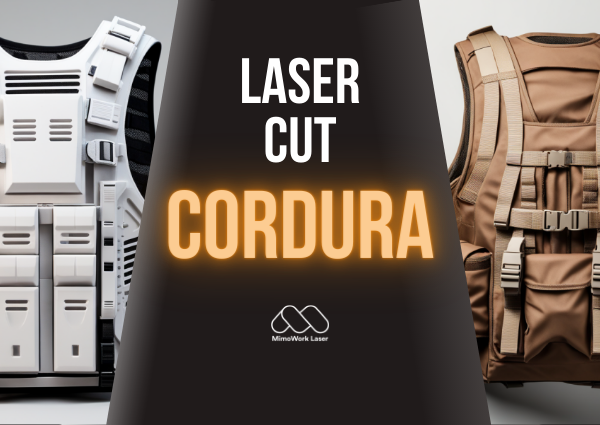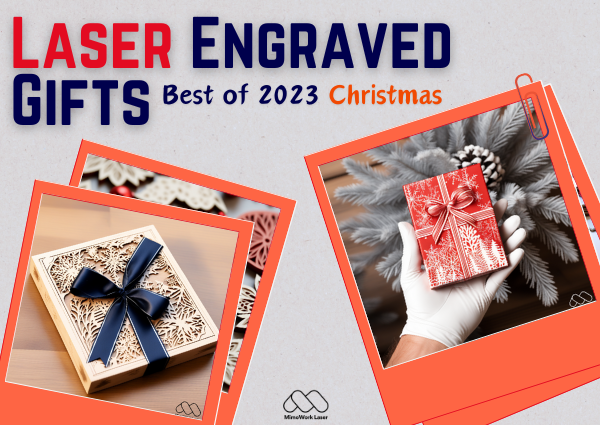Laser Cutting Filter Cloth
Laser Cutting Filter Cloth, Improve Production Efficiency
Filter media is extensively utilized across various industries including power, food, plastics, paper, and more. In the food industry specifically, stringent regulations and manufacturing standards have led to the widespread adoption of filtration systems, guaranteeing the highest levels of food quality and safety. Similarly, other industries are following suit and progressively expanding their presence in the filtration market.

The selection of appropriate filter media decides the quality and economy of an entire filtration process, including liquid filtration, solid filtration, and air filtration (Mining and Mineral, Chemicals, Wastewater and Water Treatment, Agriculture, Food and Beverage Processing, and etc.). Laser cutting technology has been considered as the best technology for optimal results and been called “state-of-the-art” cutting, which implying the only thing you have to do is upload the CAD files to the control panel of laser cutting machine.
Video of Laser Cutting Filter Cloth
Benefits from Laser Cutting Filter Cloth
✔ Save labor cost, 1 person can operate 4 or 5 machines at the same time, save tools cost, save storage cost Simple digital operation
✔ Clean edge sealing to prevent fabric fraying
✔ Gain more profit with the high quality products, shorten the delivery time, more flexibility & capacity for more orders from your customers
How to Laser Cut PPE Face Shield
Benefits from Laser Cutting Filter Cloth
✔ The flexibility of laser cutting allows for intricate and detailed designs, accommodating diverse face shield variations
✔ Laser cutting provides clean and sealed edges, reducing the need for additional finishing processes and ensuring a smooth surface against the skin.
✔ The automated nature of laser cutting enables high-speed and efficient production, crucial for meeting the demand for PPE during critical times.
Video of Laser Cutting Foam
Benefits from Laser Cutting Foam
Explore the possibilities of laser cutting 20mm foam with this informative video addressing common queries such as cutting foam core, the safety of laser cutting EVA foam, and considerations for memory foam mattresses. Contrary to traditional knife cutting, an advanced CO2 laser cutting machine proves ideal for foam cutting, handling thicknesses up to 30mm.
Whether it's PU foam, PE foam, or foam core, this laser technology ensures excellent cutting quality and high safety standards, making it a versatile solution for various foam cutting applications.
Laser Cutter Recommendation
• Working Area: 1600mm * 1000mm (62.9” * 39.3 ”)
• Laser Power: 100W/150W/300W
• Working Area: 1800mm * 1000mm (70.9” * 39.3 ”)
• Laser Power: 100W/150W/300W
• Working Area: 1600mm * 3000mm (62.9’’ *118’’)
• Laser Power: 100W/150W/300W
Typical Applications for Filter Materials
Laser cutting features great production compatibility with the composite materials including filter medias. Via market proving and laser testing, MimoWork provides the standard laser cutter and upgrade laser options for these:
Filter Cloth, Air Filter, Filter Bag, Filter Mesh, Paper Filter, Cabin Air Filter, Trimming, Gasket, Filter Mask…

Common Filter Media Materials
| Acrylonitrile Butadiene Styrene (ABS) | Polyamide (PA) |
| Aramid | Polyester (PES) |
| Cotton | Polyethylene (PE) |
| Fabric | Polyimide (PI) |
| Felt | Polyoxymethylene (POM) |
| Fiber Glass | Polypropylene (PP) |
| Fleece | Polystyrene (PS) |
| Foam | Polyurethane (PUR) |
| Foam Laminates | Reticulated Foam |
| Kevlar | Silk |
| Knitted Fabrics | Technical Textiles |
| Mesh | Velcro Material |

Comparison Between Laser cutting & Traditional Cutting Methods
In the dynamic landscape of manufacturing filter media, the choice of cutting technology plays a pivotal role in determining the efficiency, precision, and overall quality of the end product.
This comparison delves into two prominent cutting methods—CNC Knife Cutting and CO2 Laser Cutting—both widely utilized for their unique capabilities. As we explore the intricacies of each approach, a particular emphasis will be placed on highlighting the advantages of CO2 Laser Cutting, especially in applications where precision, versatility, and a superior edge finish are paramount. Join us on this journey as we dissect the nuances of these cutting technologies and assess their suitability for the intricate world of filter media production.
CNC Knife Cutter
CO2 Laser Cutter
Offers high precision, especially for thicker and denser materials. However, intricate designs might have limitations.
Precision
Excels in precision, providing fine details and intricate cuts. Ideal for complex patterns and shapes.
Suitable for a wide range of materials, including those sensitive to heat. However, may leave some material compression marks.
Material Sensitivity
Can cause minimal heat-related effects, which might be a consideration for heat-sensitive materials. However, precision minimizes any impact.
Produces clean and sharp edges, suitable for some applications. However, edges may have slight compression marks.
Edge Finish
Offers a smooth and sealed edge finish, minimizing fraying. Ideal for applications where a clean and polished edge is crucial.
Versatile for various materials, especially thicker ones. Suitable for leather, rubber, and some fabrics.
Versatility
Extremely versatile, capable of handling a wide range of materials, including fabrics, foams, and plastics.
Offers automation but may require tool changes for different materials, slowing down the process.
Workflow
Highly automated, with minimal tool changes. Ideal for efficient and continuous production runs.
Generally faster than traditional cutting methods, but speed may vary based on material and complexity.
Production Volume
Generally faster than CNC knife cutting, offering high-speed and efficient production, especially for intricate designs.
Initial equipment cost might be lower. Operating costs may vary based on tool wear and replacement.
Cost
Higher initial investment, but operational costs are generally lower due to reduced tool wear and maintenance.
In summary, both CNC Knife Cutters and CO2 Laser Cutters have their advantages, but the CO2 Laser Cutter stands out for its superior precision, versatility across materials, and efficient automation, making it an excellent choice for filter media applications, especially when intricate designs and clean edge finishes are paramount.







